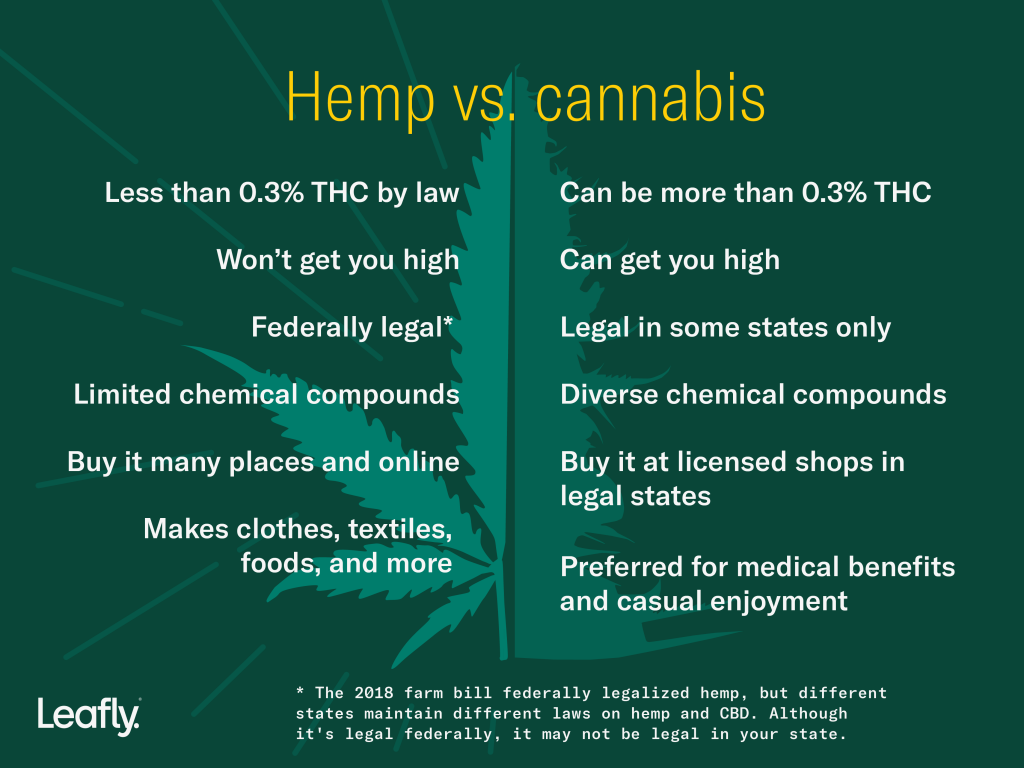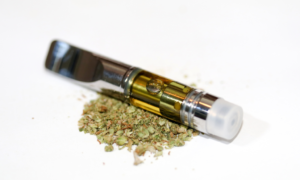What’s The Difference Between CBD Derived From Hemp And Cannabis

While they may look similar, hemp and cannabis have chemical distinctions
What’s in a name? When it comes to CBD products derived from hemp, CBD products derived from cannabis, and what’s considered legal, a lot. Understanding cannabis nomenclature and the chemical difference between the two plants is essential to making informed choices about CBD.
Cannabis refers to a genus of plants which has three species: indica, sativa, and ruderalis. Hemp is not a different species of the cannabis plant. The above classifications have been devised to differentiate intoxicating cannabis from non-intoxicating cannabis. Hemp is a sativa species, while cannabis can be sativa, indica, or ruderalis.
Although hemp and cannabis look (sort of) similar, from a functional and chemical perspective, they are distinctive. Here’s how you can distinguish the two.

Hemp:
- In order to be federally legal, it must contain 0.3% THC or less. For the uninitiated, THC is the cannabinoid that causes a high. With so little THC, hemp doesn’t have intoxicating effects.
- Can be used to create products such as textiles, building materials, industrial products, paper, foods, and body care.
- Is typically grown outdoors to maximize the size and yield of the plant. Hemp doesn’t require the same rigorous attention to lighting, humidity, and temperature that cannabis requires, and it can be grown in a range of different climates.
- Tends to be tall and skinny with skimpy foliage, having an appearance similar to bamboo.
To Read The Rest Of This Article On Leafly, Click Here








































